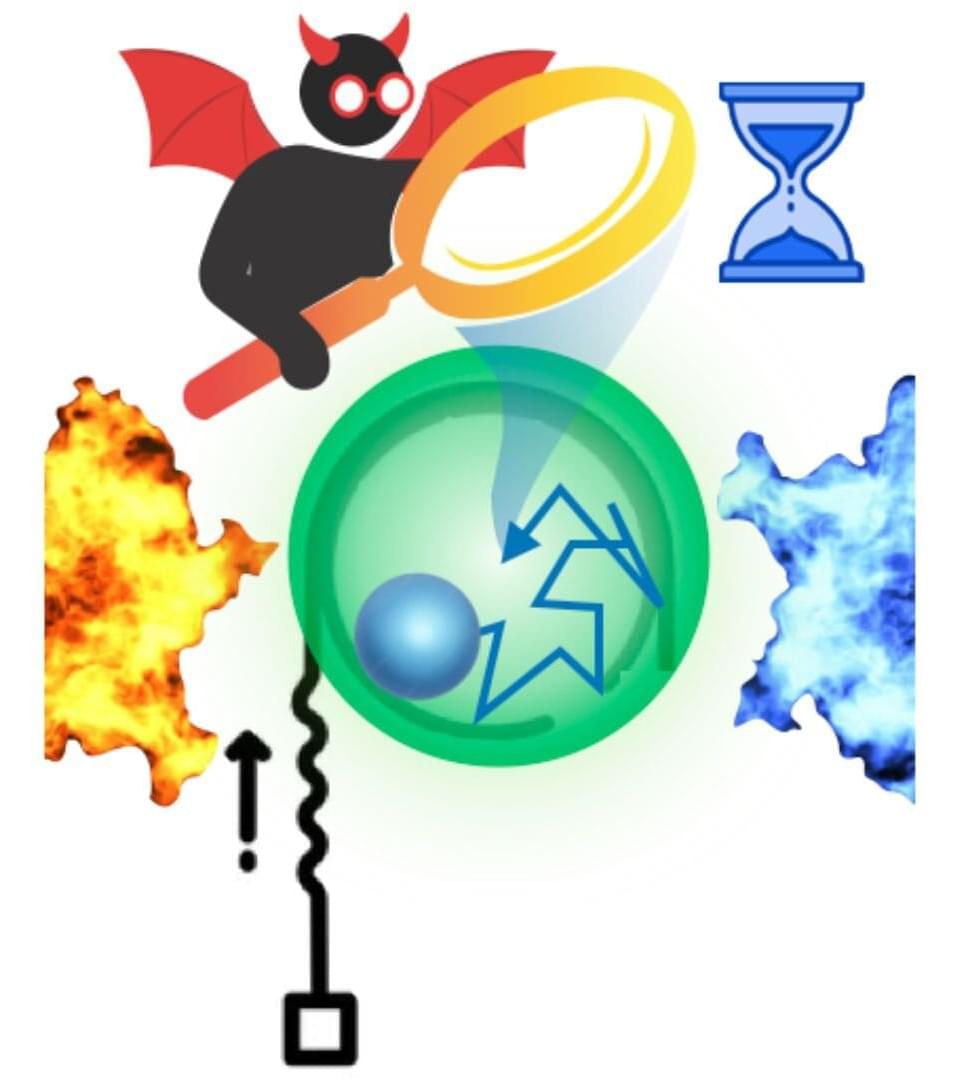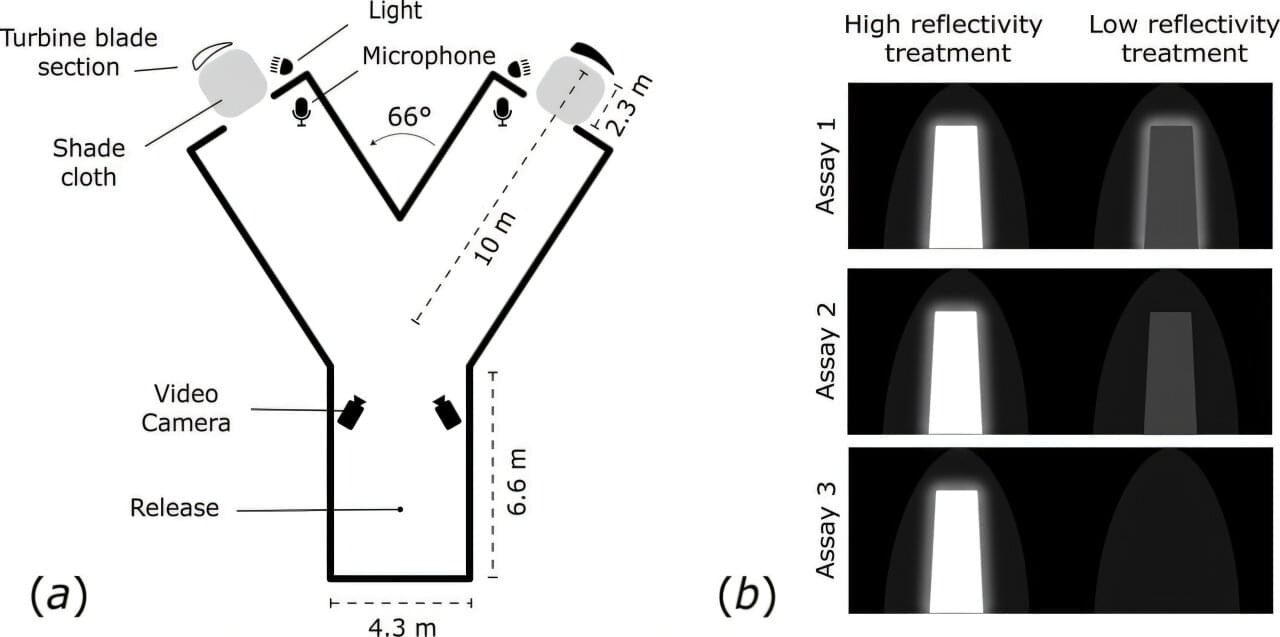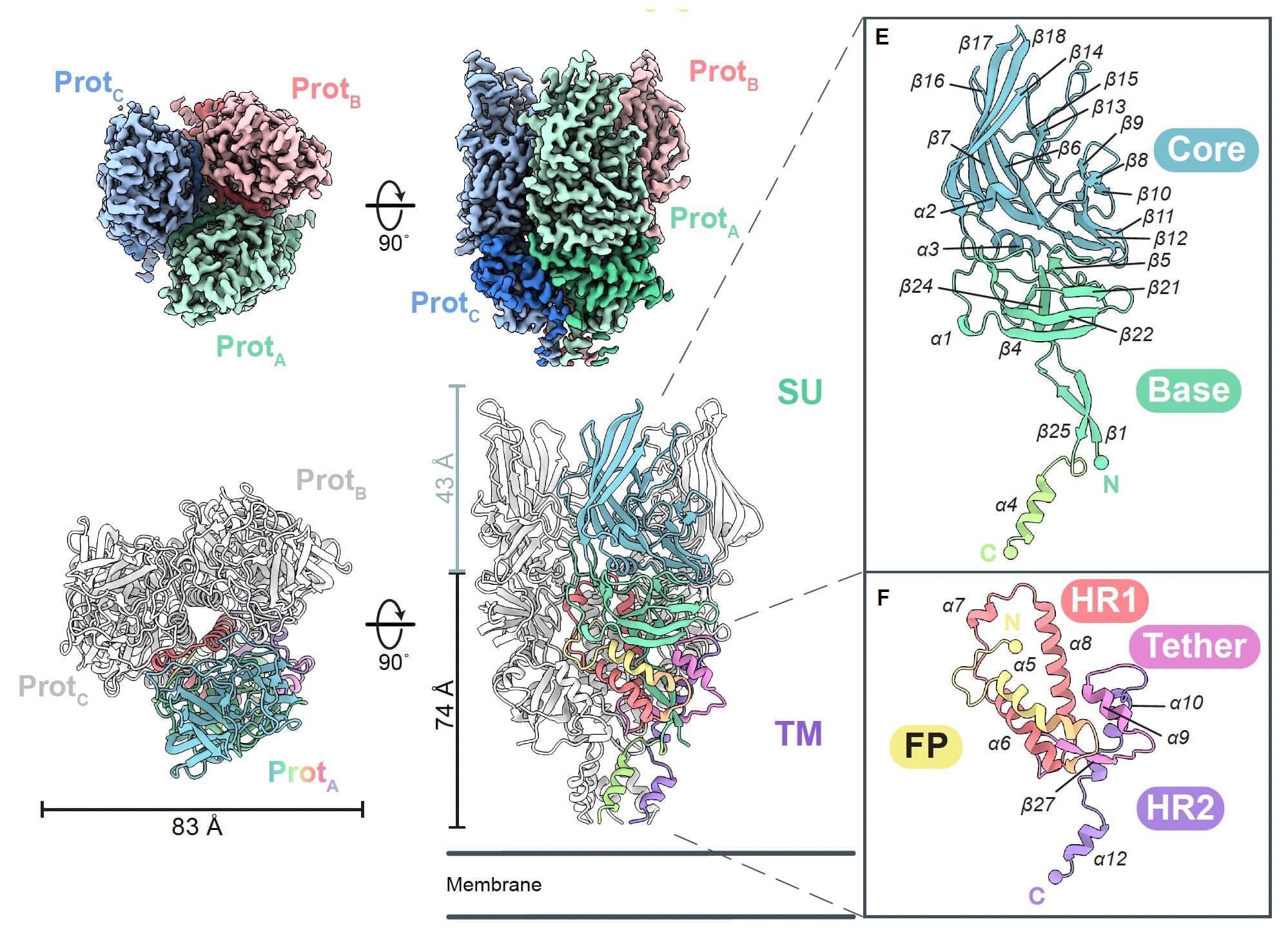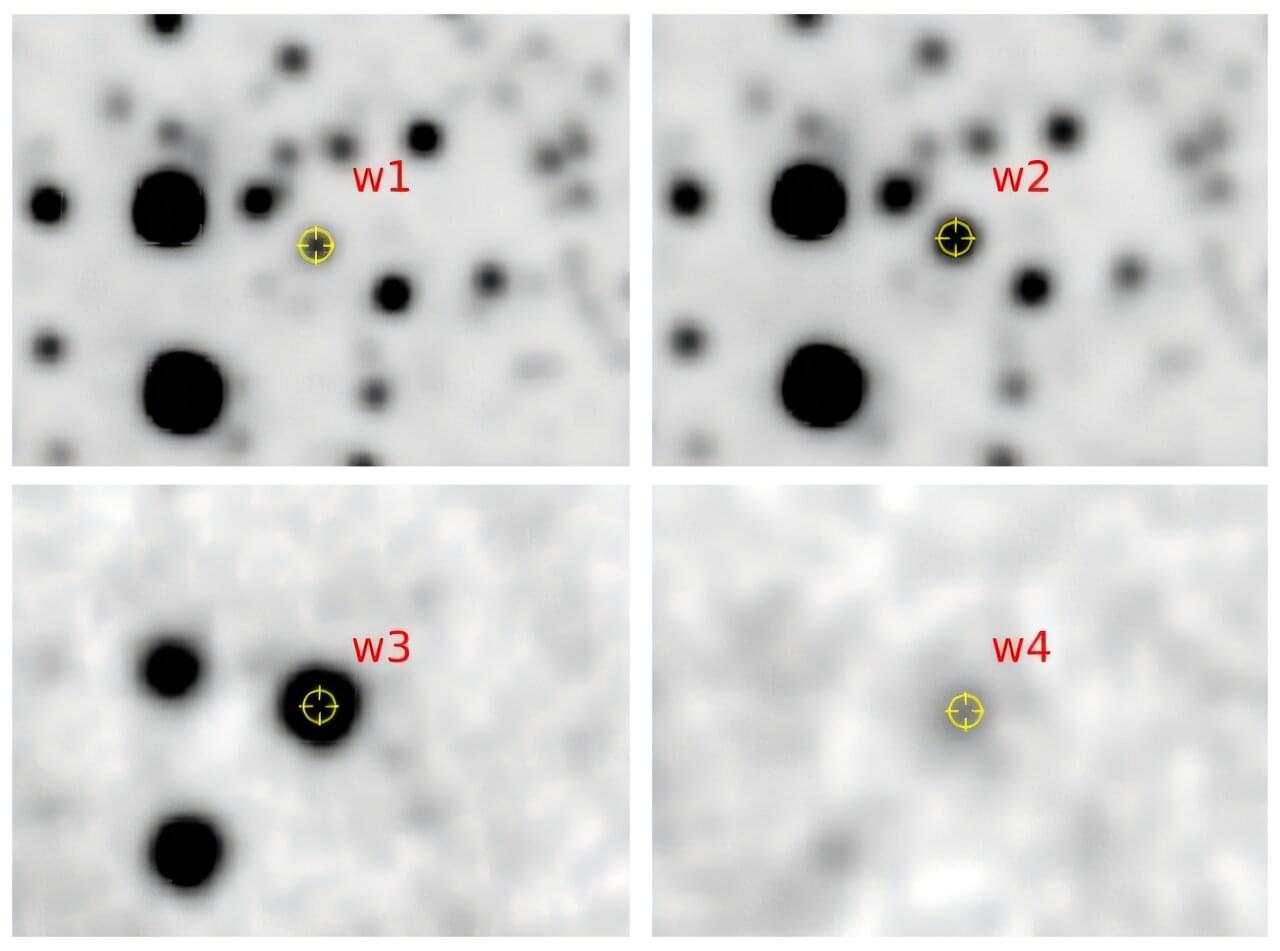An optically addressable fluorescent-protein spin qubit is realized using enhanced yellow fluorescent protein; the qubit can be coherently controlled at liquid-nitrogen temperatures and the spin detected at room temperature in cells.




Every year, hundreds of thousands of bats are killed by flying into the giant blades of wind turbines. It is one of the leading causes of bat mortality in North America and Europe, according to Bat Conservation International. However, the reasons for these fatal collisions are largely unknown. One possibility examined by a new study published in Biology Letters is that they may be attracted by light reflected off the blades, much like when moths make a beeline for a flame.
This idea is based on how bats navigate. The flying mammals use the open sky to help them find their way while flying. Kristin Jonasson, an independent physiological ecologist, believes that at dawn and dusk, the giant turbines may reflect just enough light to appear as a clear opening in the sky. This could trick the bats into flying directly toward the spinning blades.
To test this hypothesis, Jonasson and colleagues at the University of Colorado Colorado Springs, National Renewable Energy Laboratory and the U.S. Forestry Service flew 242 hoary bats (Lasiurus cinereus) and 154 silver-haired bats (Lasionycteris noctivagans) through a dark Y-shaped maze with two different exit options.

You are mostly but not entirely human. If we crunch the numbers, 8% of your genome actually comes from viruses that got stranded there. This viral detritus is a souvenir from our evolutionary past, a reminder that viruses have been with us from the very beginning.
Usually, this 8% of your DNA—the viral bits—are kept silent. Scientists call it part of the “dark matter” in your genome.
Now scientists at La Jolla Institute for Immunology (LJI) have published a first look at a key viral protein. In a study published in Science Advances, LJI researchers revealed the first three-dimensional structure of a protein from one of these ancient “human endogenous retroviruses (HERVs).”

By analyzing the data from the American Association of Variable Star Observers (AAVSO) international database and the Small and Medium Aperture Telescope System (SMARTS), astronomers have inspected a nova in the Large Magellanic Cloud (LMC) known as LMCN 2009-05a. Results of the study, published August 19 on the pre-print server arXiv, disentangle the nature and properties of this nova.
University at Albany chemists have created a new high-energy compound that could revolutionize rocket fuel and make space flights more efficient. Upon ignition, the compound releases more energy relative to its weight and volume compared to current fuels. In a rocket, this would mean less fuel required to power the same flight duration or payload and more room for mission-critical supplies. Their study is published in the Journal of the American Chemical Society.
“In rocket ships, space is at a premium,” said Assistant Professor of Chemistry Michael Yeung, whose lab led the work. “Every inch must be packed efficiently, and everything onboard needs to be as light as possible. Creating more efficient fuel using our new compound would mean less space is needed for fuel storage, freeing up room for equipment, including instruments used for research. On the return voyage, this could mean more space is available to bring samples home.”
The newly synthesized compound, manganese diboride (MnB2), is over 20% more energetic by weight and about 150% more energetic by volume compared to the aluminum currently used in solid rocket boosters. Despite being highly energetic, it is also very safe and will only combust when it meets an ignition agent like kerosene.

A tiny fish with transparent embryos is helping University of California, Davis, researchers shed light on how exposure to crude oil and flame retardants can affect behavior, skeletal growth, cardiac health and other internal functions in offspring and subsequent generations.
The research on multiple generations of Atlantic killifish (mummichogs) was published across three papers in the journal Environmental Science & Technology.
The work, some dating back to the 2010 Deepwater Horizon oil spill off the Gulf coast, offers insight into how toxic exposures—even short ones—can unfold over time in many species.

Over the past decades, computer scientists have developed increasingly sophisticated sensors and machine learning algorithms that allow computer systems to process and interpret images and videos. This tech-powered capability, also referred to as machine vision, is proving to be highly advantageous for the manufacturing and production of food products, drinks, electronics, and various other goods.
Machine vision could enable the automation of various tedious steps in industry and manufacturing, such as the detection of defects, the inspection of electronics, automotive parts or other items, the verification of labels or expiration dates and the sorting of products into different categories.
While the sensors underpinning the functioning of many previously introduced machine vision systems are highly sophisticated, they typically do not process visual information with as much detail as the human retina (i.e., a light-sensitive tissue in the eye that processes visual signals).

MIT researchers have developed a technique that enables real-time, 3D monitoring of corrosion, cracking, and other material failure processes inside a nuclear reactor environment.
This could allow engineers and scientists to design safer nuclear reactors that also deliver higher performance for applications like electricity generation and naval vessel propulsion.
During their experiments, the researchers utilized extremely powerful X-rays to mimic the behavior of neutrons interacting with a material inside a nuclear reactor.

The textbook picture of how planets form—serene, flat disks of cosmic dust—has just received a significant cosmic twist.
New research, published in Astrophysical Journal Letters, is set to reshape this long-held view. An international team of scientists, wielding the formidable power of the Atacama Large Millimeter/submillimeter Array (ALMA), has found compelling evidence that many protoplanetary disks, the very birthplaces of planets, are in fact subtly warped.
These slight bends and twists in the disk plane, often just a few degrees, bear a striking resemblance to the subtle tilts observed among the planets in our own solar system. This discovery suggests the initial conditions for planetary systems might be far less orderly than previously thought, with profound implications for how planets grow and settle into their final orbits.